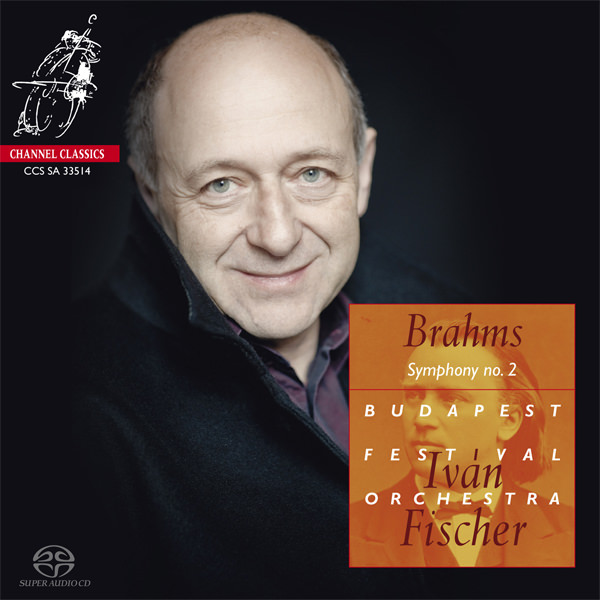
Budapest Festival Orchestra, Iván Fischer – Mahler: Symphony no. 5 (2013)
FLAC (tracks) 24 bit/192 kHz | Time – 01:14:12 minutes | 2,03 GB | Genre: Classical
Studio Masters, Official Digital Download | Front Cover | © Channel Classics
After the highly acclaimed recordings of Mahler Symphonies no. 1, 2, 4 and 6 Iván Fischer and his Budapest Festival Orchestra now recorded the Fifth Sympony with its famous Adagietto in F major for strings and harp – one of the most intimate pieces that Mahler ever wrote for the orchestra.
According to Fischer the Fifth is “the most Jewish of all Mahler’s symphonies. The first movement takes us to the unmistakable mood of Jewish lamentation, the finale to the childlike vision of messianic joy.”
Iván Fischer is founder and Music Director of the Budapest Festival Orchestra. This partnership has become one of the greatest success stories in the past 25 years of classical music. Intense international touring and a series of acclaimed recordings for Philips Classics, later for Channel Classics have contributed to Iván Fischer’s reputation as one of the world’s most visionary and successful orchestra leaders.
Iván Fischer and the Budapest Festival Orchestra began their audiophile Mahler cycle in 2005 with the release of the Sixth Symphony, and with subsequent releases of the Second, Fourth, and First on Channel Classics, they now have a clear track record of their approach. Fischer is inclined to use a lot of rubato in Mahler and to take occasional liberties with dynamics, so his interpretations will not be to every listener’s taste, least of all to those who have already formed their preferences from studying classic recordings. However, the playing here has a visceral excitement that in large part comes from Fischer’s spontaneous shifts of tempo and volume, and the unpredictability of the performance keeps the emotional tension high. Add to that the exceptional audio quality, which captures every detail in the roomy and vibrant acoustic, and this recording of the Fifth may attract listeners who otherwise have become jaded from hearing too many cookie-cutter performances. Considering how frequently the Fifth Symphony is performed, and the large number of recordings that are available, shaking things up may be Fischer’s best gambit to stand out from the rest. —Blair Sanderson, AllMusic
This is the most beautifully played Mahler Fifth I’ve ever heard. My high school music teacher, Nicholas Tino, said of a concert performance of Bruckner’s Third by George Szell and the Cleveland Orchestra that it was “too clean.” There’s no danger of that here. It is a joy to hear the harmonies of the Fifth so gorgeously delineated. At times the orchestral texture manifests an ethereal quality. Iván Fischer writes, “The Fifth is the most Jewish of all Mahler’s symphonies. The first movement takes us to the unmistakable mood of Jewish lamentation, the finale to the childlike vision of messianic joy.” Fischer interprets the melodies of the Fifth as being generally Jewish. He finds the influence of Yiddish song, klezmer music, and cantorial chant. Even the opening trumpet solo possesses a cantorial quality. As Mahler selects primal thematic material, so he must devise his most progressive symphony to date to give it expression. In this regard, there is a similarity to Stravinsky’s Le sacre du printemps . Not in the Fifth do we find the relatively conservative palette of the “Resurrection” Symphony or the first movement of the Eighth, with their Christian ethos. Mahler describes the Fifth’s Scherzo as “this primeval music, this foaming, roaring, raging sea of sound.” Iván Fischer’s interpretation of the Fifth gives us the breathtaking newness of this work, while couching it in the most sophisticated orchestral execution.
The funeral march of the opening movement possesses impressive depth and weight. It is indebted to Siegfried’s Funeral March from Götterdämmerung in style. But this is a particularly Jewish form of mourning, with the male bereaved tearing their jacket pockets. Fischer gets an appropriately wailing sound out of the brass. The next movement begins with a vehement exhortation over life’s tragedy. Its second subject constitutes an inconclusive narrative about life’s virtues in our vale of tears. Fischer’s attention here to coloration reminds us that Mahler reworked the orchestration over nine years. At one point, the orchestra mimics a Yiddish singer sobbing. The waltz that opens the Scherzo is a klezmer band’s rather than a grand Viennese waltz. The scoring for strings imitates street musicians instead of a salon orchestra. Pizzicato strings offer a foretaste of the Second Viennese School’s orchestration, while the winds and brass have a touch of a barrel organ. If you superimposed all these different ensembles on one another, the product would sound like Charles Ives. Fischer’s Adagietto is beautiful and unaffected, owing something to the Liebestod from Tristan in its ebb and flow. As Zubin Mehta has said, Mahler is one of Wagner’s children. Fischer observes the attacca marking at the start of the Finale. This is important, because it is love that leads to the Rondo’s rebirth in its sophisticated nature poetry. Fischer paces it like a great stream slowly building strength. The concluding chorale evokes a Baroque cathedral’s splendor, immediately dissipated in the riotous, klezmer-like coda.
The CD stereo reproduction is quite beautiful, with a broad soundstage and exquisite balance. There might have been slightly more instrumental timbre. I could not access the surround sound program. Other Fifths I like include those of Leonard Bernstein and Lorin Maazel, both with the Vienna Philharmonic, and Sakari Oramo’s with the City of Birmingham Symphony. I’m also fond of Antal Doráti’s account with the Stockholm Philharmonic on HNH LPs, less than virtuosic but exhibiting great heart. Iván Fischer’s version definitely ranks with these recordings. It is a performance of terrific insight and maturity, with the Budapest Festival Orchestra staking its claim to be one of the world’s great ensembles. —Dave Saemann, FANFARE
This is, I think, the fifth Mahler symphony recording from Iván Fischer and the Budapest Festival Orchestra so it looks as if a cycle is evolving. Reviews of previous issues are listed at the foot of this review. This is the first of these Mahler performances that I’ve heard and I believe the team have also recorded the Sixth.
There’s much to admire here: the orchestral playing is top-class and the excellent recording reports the sound of the orchestra with great clarity. I see that in reviewing the Second Symphony Michael Greenhalgh commented on Fischer’s attention to detail. That trait is in evidence here as well. A satisfying amount of Mahler’s polyphonic writing is clearly audible without any artificial highlighting.
In a note in the booklet, the conductor describes the Fifth as Mahler’s ‘most Jewish’ symphony. In support of this contention he mentions particularly the first and last movements. We’ll come to the finale in due course, but speaking of the first movement Fischer refers to ‘the unmistakeable mood of Jewish lamentation’. That’s an interesting observation though I’m not sure just how vividly the lamentation comes across. Fischer’s view of the movement doesn’t grab the listener by the throat in the manner of, say, Bernstein (review) or Tennstedt (review). However, it’s a convincing reading. The pacing is intelligent and there’s excellent, though not overdone, weight in the orchestral sound. Fischer doesn’t overplay his hand in this movement and that approach brings its own rewards. I’ve heard more turbulent accounts of the second movement – Fischer’s reading is not as scalding and highly charged as either Bernstein or Tennstedt are at times – but the movement ‘works’ in his hands.
The first time I played the central scherzo I thought that the core tempo was a bit on the steady side; some conductors take it more quickly. However, any relative steadiness is only a matter of degree. I became convinced, above all, perhaps, because the Budapest players articulate the rhythms crisply. I enjoyed this nicely nuanced reading which benefits from some acute and tangy playing. I can’t see that the principal horn player is named in the booklet: he should be, because he plays his vital part splendidly.
Over the years we’ve experienced on disc quite a wide variety of approaches to the tempo of the famous Adagietto. Some conductors – Bernstein and Tennstedt among them – opt for a very expansive treatment of the music while others move it on at a more flowing, less sentimental pace. I’ve come to prefer the latter approach, not least because it rids us of those dreadful Death in Venice associations. Fischer takes 10:42, which puts him among the more expansive interpreters of this movement – though he’s by no means the slowest. Even so, I didn’t feel that the music sounded unduly slow. Fischer phrases it well and his string players – and the harpist – play it quite beautifully.
I mentioned earlier Fischer’s view of the “Jewishness” of this symphony. He describes the finale as ‘the childlike vision of messianic joy’. I don’t think I’d go that far but the movement is one of the happiest, most extrovert movements in Mahler’s output. Here it’s played with great spirit and virtuosity. I like the fact that when the chorale that we first glimpsed in the second movement comes back as the crowning moment (14:27) Fischer makes it sound exultant yet, by maintaining his tempo, he avoids any overblown rhetoric.
I enjoyed this performance of the Fifth. I don’t think it displaces Barshai (review), Barbirolli (review), Bernstein or Tennstedt in my personal pantheon of great Fifths – and all those readings bring different perspectives on this score. It still offers much to the listener and I’m sure I will be listening to it with pleasure in the future. —John Quinn, MusicWeb International
The Fifth is Mahler’s most conventional symphony, but it is far from mundane. Composed in 1901-02 at the composer’s summer cottage, it is a work of towering emotion and dynamics.
That makes the symphony a perfect candidate for a high resolution recording from Channel Classics, and the result is a musical and technical triumph. So often a great recording is musically mediocre. Not here. Ivan Fischer leads the Budapest Symphony Orchestra in a powerful performance while the DSD SACD sounds better than any recording of the Fifth than any I have heard, including the Bernstein, Rattle and Abbado.
From the opening trumpet solo and thundering crescendo to the rondo in the fifth movement the recording never strains and never fails to sound musical. Instruments are clearly defined, yet the sound of the Palace of Arts in Budapest comes through without blurring the orchestral forces. The recording, engineered by the illustrious team of Hein Dekker and Jared Sacks simply can’t be faulted. This same team of artists and technicians have recorded other Mahler symphonies, and when the project is complete I think this will be the reference for both performance and recording quality. So far we have the Mahler 1st, 2nd, 4th and 6th.
Perhaps the most performed Mahler compositions, the Adagietto, is the fourth movement of the work. It’s often separated from the rest of the symphony in concert, and has served as the background music for movies and even ice skaters. It’s well performed here, and while not as sonically dynamic as other parts of the symphony, it is a sublime listen.
Mahler’s music seems an especially good fit for high resolution recording, and hearing a combination of the distinctive Channel Classic sound and this memorable performance is just more than a music lover could ask for.
Channel Classic sells this music in a variety of formats. I auditioned the SACD disc, which offers a multi-channel 5.0 surround version, plus a standard CD layer. Channel Classics also offers downloads of the multichannel and stereo versions. —Mel Martin, Audiophile Audition
Tracklist:
01. Budapest Festival Orchestra, Iván Fischer – Symphony no. 5 in C sharp minor – I. Trauermarsch. In gemessenem Schritt. Streng. Wie ein Kondukt (12:58)
02. Budapest Festival Orchestra, Iván Fischer – Symphony no. 5 in C sharp minor – II. Stürmisch bewegt. Mit größter Vehemenz (15:08)
03. Budapest Festival Orchestra, Iván Fischer – Symphony no. 5 in C sharp minor – III. Scherzo. Kräftig, nicht zu schnell (19:38)
04. Budapest Festival Orchestra, Iván Fischer – Symphony no. 5 in C sharp minor – IV. Adagietto. Sehr langsam (10:42)
05. Budapest Festival Orchestra, Iván Fischer – Symphony no. 5 in C sharp minor – V. Rondo-Finale. Allegro (15:43)
Personnel:
Budapest Festival Orchestra
Iván Fischer, conductor
Download:
https://hexload.com/d5aerryb4puk/MahlerSymph0nyn0.5BudapestFestival0rchestraIvnFischer201319224.part2.rar
https://hexload.com/otb7zfp39jru/MahlerSymph0nyn0.5BudapestFestival0rchestraIvnFischer201319224.part3.rar
https://xubster.com/o8nbbr3zt4cc/MahlerSymph0nyn0.5BudapestFestival0rchestraIvnFischer201319224.part1.rar.html
https://xubster.com/gabsjtgktbmy/MahlerSymph0nyn0.5BudapestFestival0rchestraIvnFischer201319224.part2.rar.html
https://xubster.com/f0wr4mfhq5ie/MahlerSymph0nyn0.5BudapestFestival0rchestraIvnFischer201319224.part3.rar.html













![Budapest Festival Orchestra & Iván Fische – Beethoven: Symphony No. 3 “Eroica” & Coriolan Overture (2024) [Official Digital Download 24bit/192kHz]](https://imghd.xyz/images/2024/04/04/el3qez8zpc8bc_600.jpg)





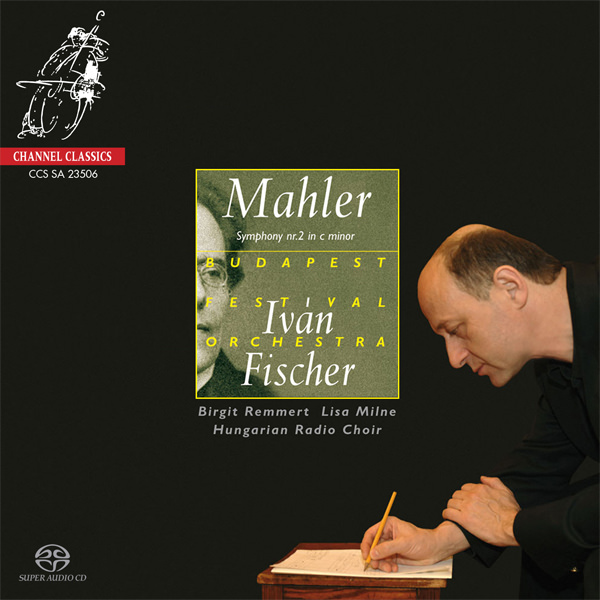
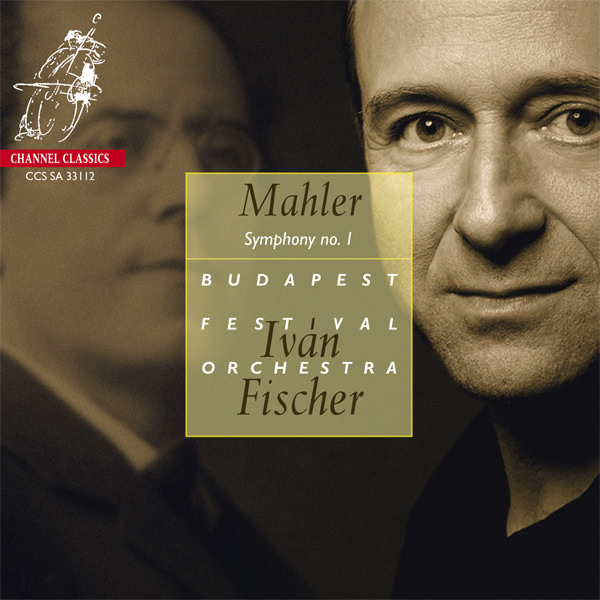
![Iván Fischer and Budapest Festival Orchestra – Mahler Symphony no. 3 (2017) [Official Digital Download 24bit/96kHz]](https://imghd.xyz/images/2023/06/09/qn6mi68n1crrc_600.jpg)
![Iván Fischer & Budapest Festival Orchestra – Brahms: Symphonies Nos. 1, 2, 3 & 4 & other works (2021) [Official Digital Download 24bit/192kHz]](https://imghd.xyz/images/2023/03/18/bvq36s2mvgbra_600.jpg)
![Iván Fischer & Budapest Festival Orchestra – Beethoven: Symphony No. 1 & Symphony No. 5 (2019) [Official Digital Download 24bit/192kHz]](https://imghd.xyz/images/2023/03/18/mz5W8FJ.jpg)
![Iván Fischer – Mahler : Symphony No.7 (2019) [Official Digital Download 24bit/192kHz]](https://imghd.xyz/images/2023/03/18/p0x5jed34i0eb_600.jpg)
![Iván Fischer – Gustav Mahler: Das Lied von der Erde (2020) [Official Digital Download 24bit/192kHz]](https://imghd.xyz/images/2023/03/18/o4tji85q674kc_600.jpg)
![Iván Fischer – Brahms: Symphony No. 3 & Serenade No. 2 (2021) [Official Digital Download 24bit/192kHz]](https://imghd.xyz/images/2023/03/18/ffoxk36otbyhc_600.jpg)
![Iván Fischer – Dvořák: Symphony No. 7 & Suite in A Major “American” (2015) [Official Digital Download 24bit/192kHz]](https://imghd.xyz/images/2023/03/18/8HmWbgha379374216450eaa.jpg)
![Iván Fischer – Bruckner: Symphony No. 9 (2022) [Official Digital Download 24bit/96kHz]](https://imghd.xyz/images/2023/01/21/e5zu876qxtz5a_600.jpg)
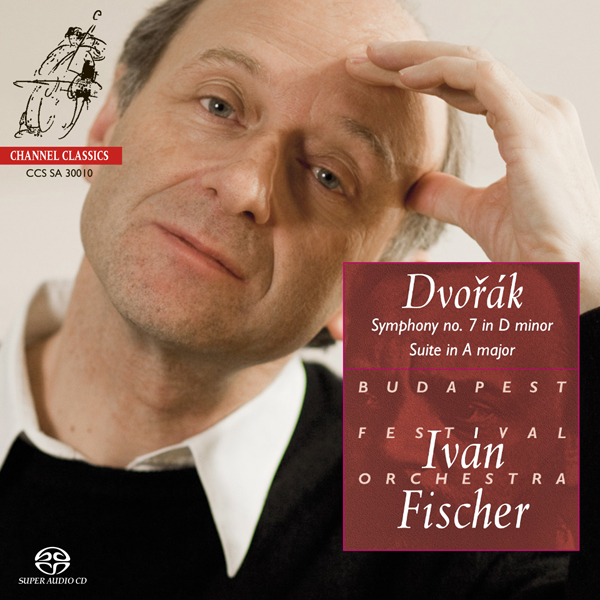

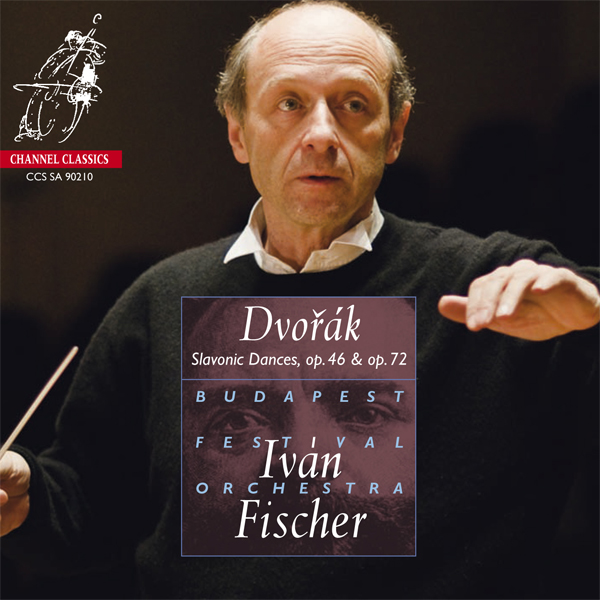
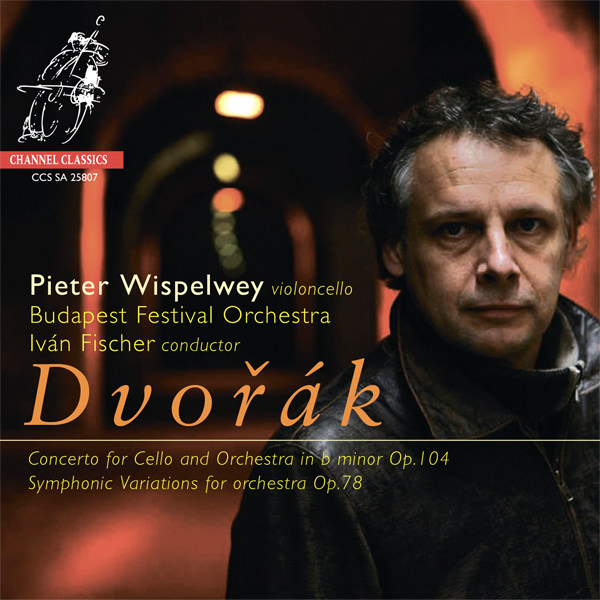


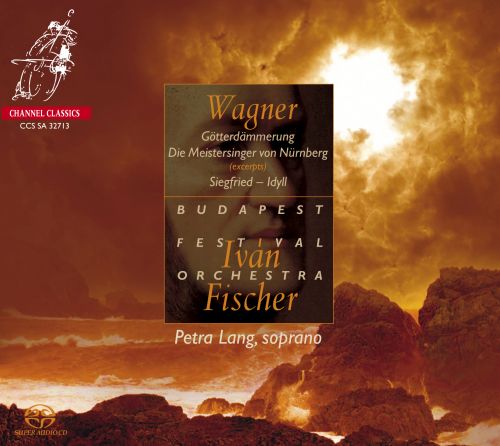
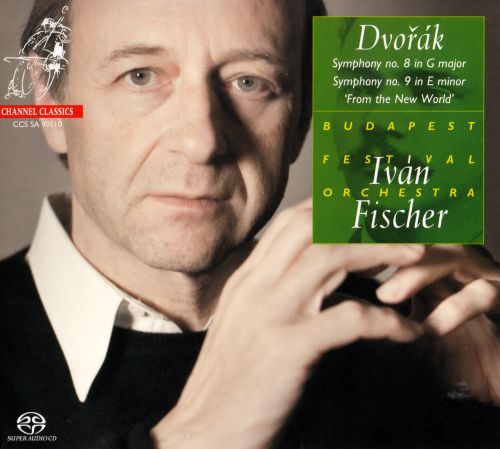

![Budapest Festival Orchestra, Iván Fischer – Bruckner: Symphony no.7 in E major (1884) (2014) [Official Digital Download 24bit/192kHz]](https://imghd.xyz/images/2022/09/15/dwbg5jqobsf5a_600.jpg)
![Budapest Festival Orchestra, Iván Fischer – Brahms: Symphony no. 2; Tragic Overture; Academic Festival Overture (2014) [Official Digital Download 24bit/192kHz]](https://imghd.xyz/images/2022/09/10/0723385335146_600.jpg)

